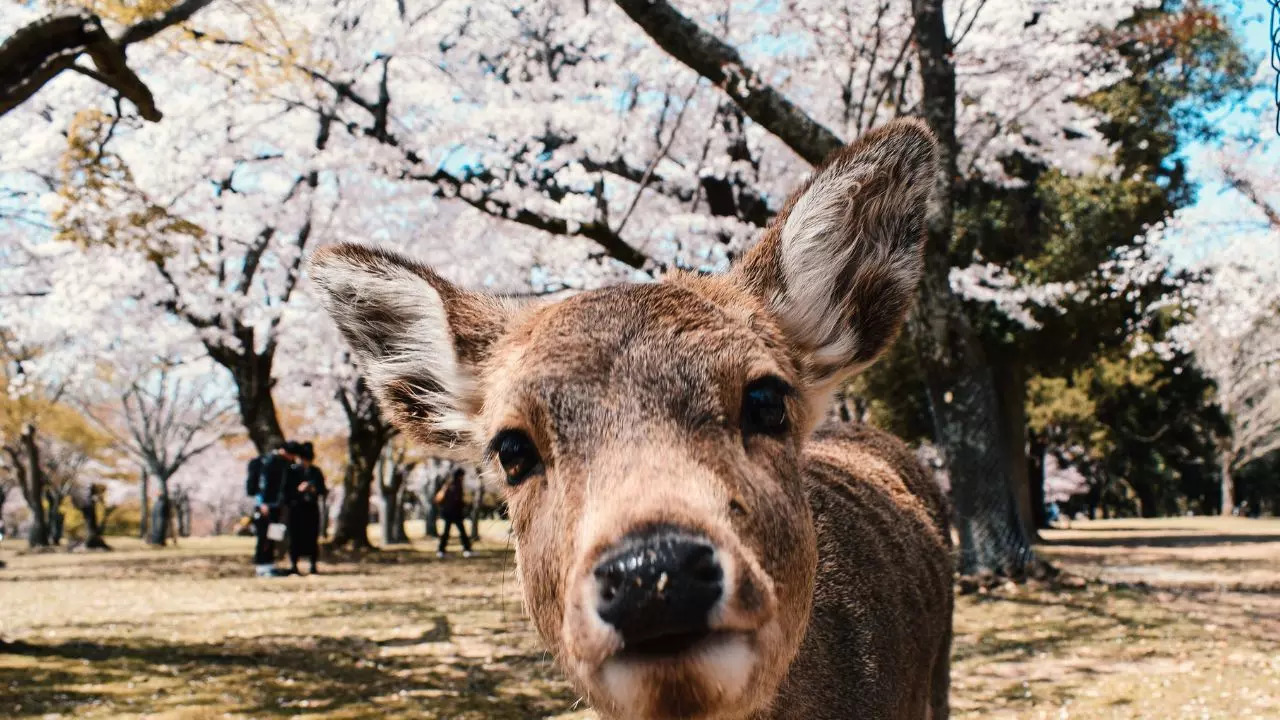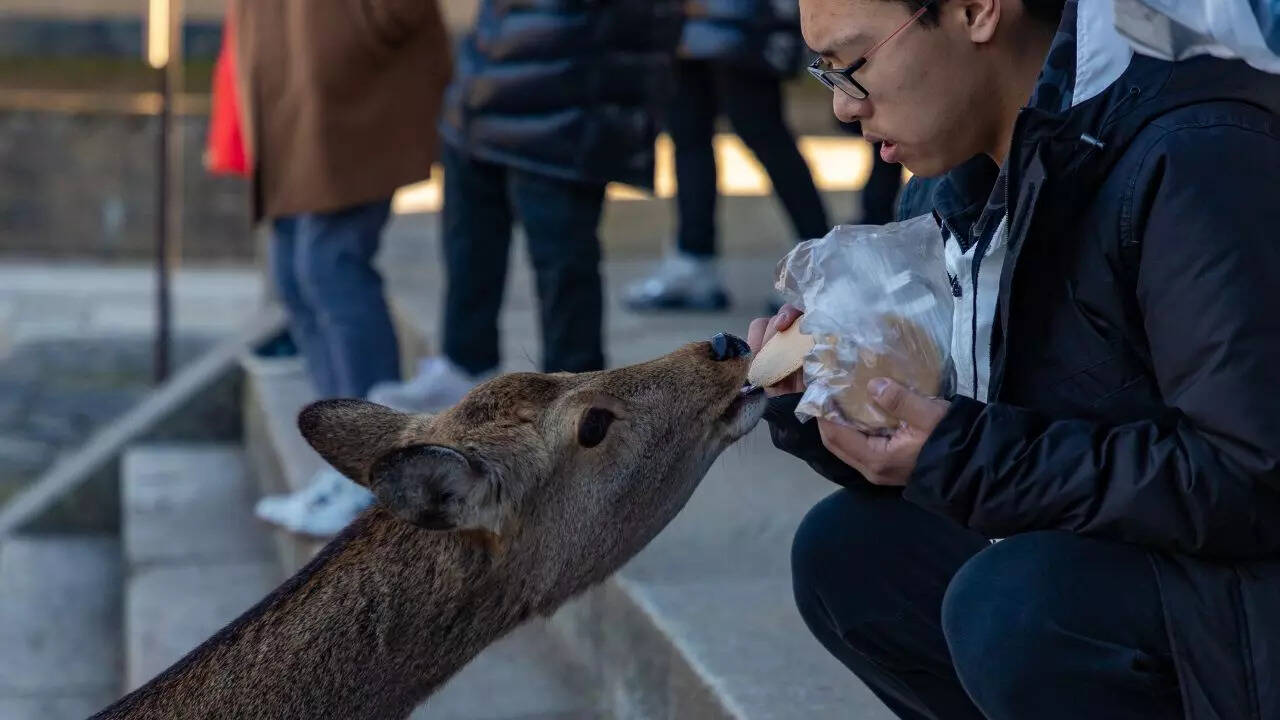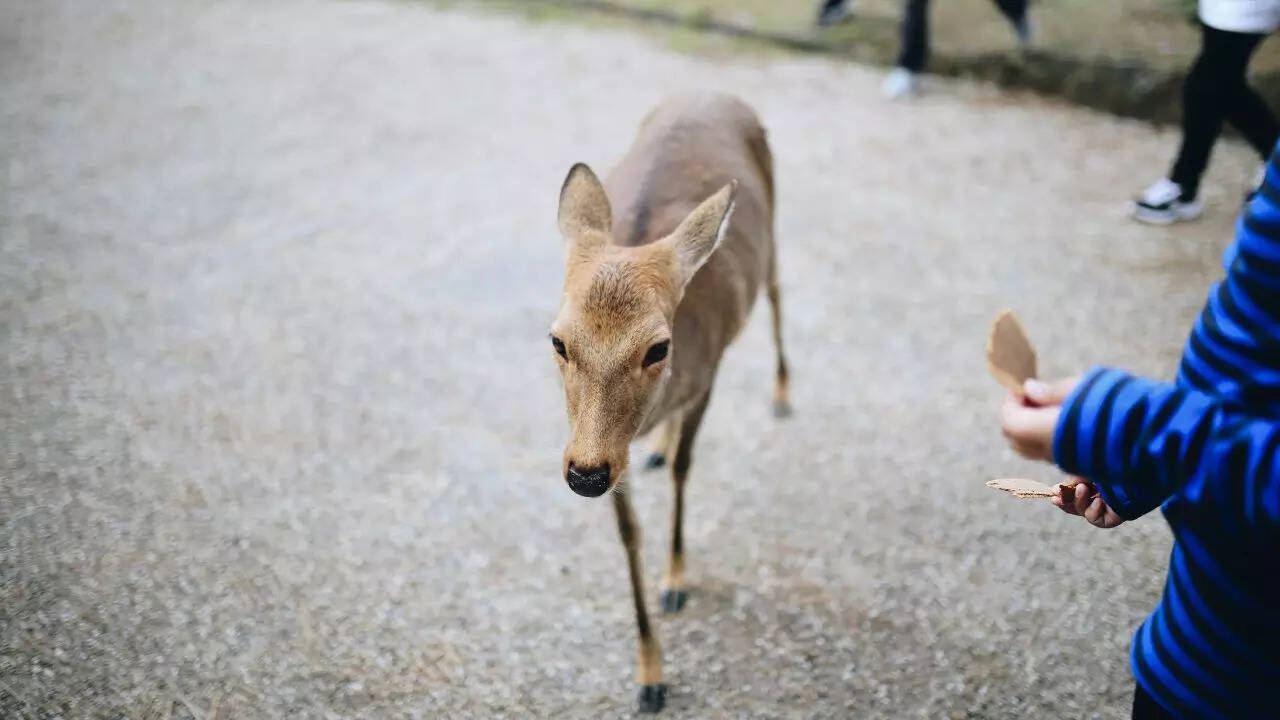Amid Japan’s overtourism problem, there’s one that’s thriving: the deer of Nara
Japan, once a quiet island nation, has struggled with a huge influx of tourists in recent years. But the unique ‘bow-backed’ deer in Nara are benefiting from the gifts these travellers bring

Amid Japan’s overtourism problem, there’s one that’s thriving: the deer of Nara. Credit: Canva
JapanWhat was once synonymous with serene temples, incredible infrastructure and civilised locals is now characterised by overcrowded temples, strained infrastructure and irritated locals, a result of the country’s tourism boom. However, amid this growing discontent, an unexpected beneficiary has emerged: the deer of Nara.
Nara, an ancient city with a collection of UNESCO World Heritage Sites, has long been a popular tourist destination. And according to a CNN report, while human visitors are reaching saturation point, the city’s iconic deer population is thriving. These gentle creatures, revered as divine messengers, have become synonymous with Nara and are a major draw for tourists.

It seems that the deer have adapted remarkably well to the influx of visitors. Known for their docile nature, the deer have learned to associate humans with a tasty treat: shika senbei, a rice cracker made specifically for deer to eat. With tourists eager to interact with these adorable animals, the deer have a constant supply of their favorite snack.
Nobuyuki Yamazaki of the Nara Deer Preservation Foundation told CNN that “deer breeding has become more active as a result of the steady increase in the number of crackers eaten by deer. The number of visitors to the park has also increased, and deer are finding crackers more easily.”

Professor Yoichi Yuasa, who conducted a study on the deer that was featured in Science Japan, suggests that the animals’ bowing behavior, often interpreted as a sign of submissiveness, may actually be a stress response to the heavy presence of humans. “However, the city gradually became a sightseeing destination and the deer learned to bow to people to get shika senbei rice crackers. Therefore, they began to bow to ask for crackers,” the website reads. According to Yuasa, this bowing behavior is passed down from parents to cubs, and as Nara became increasingly tourist-oriented, the deer learned to associate this behavior with rewards.
Also read: 3 reasons why 2024 is becoming the year of Japan
While the deer are enjoying their new popularity, the human residents of Nara are facing a different reality. The city is struggling to balance the economic benefits of tourism with the negative impacts on quality of life. As Japan grapples with the challenges of overtourism, how the complex relationship between humans, animals, and the environment evolves remains to be seen.
Also read: Why should you travel to Japan?
Get the latest news live on Times Now, along with breaking news and top headlines from across the globe, travelogue and more.
End of article


